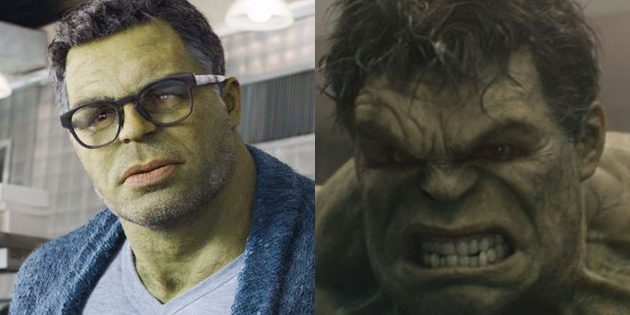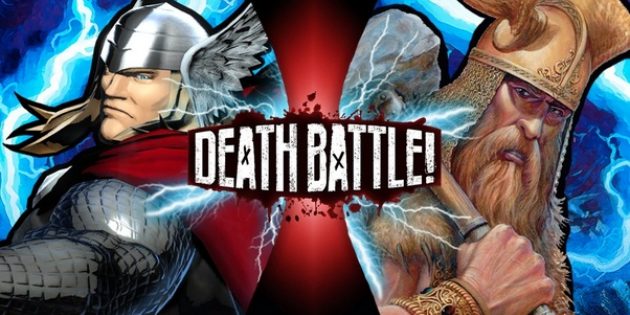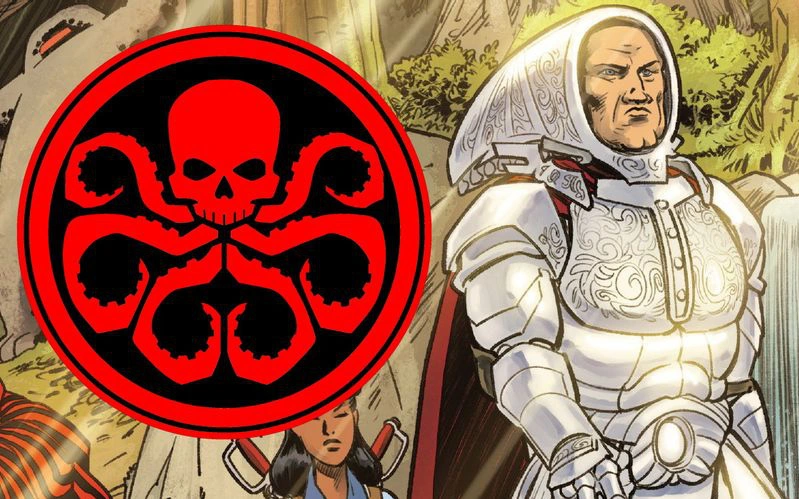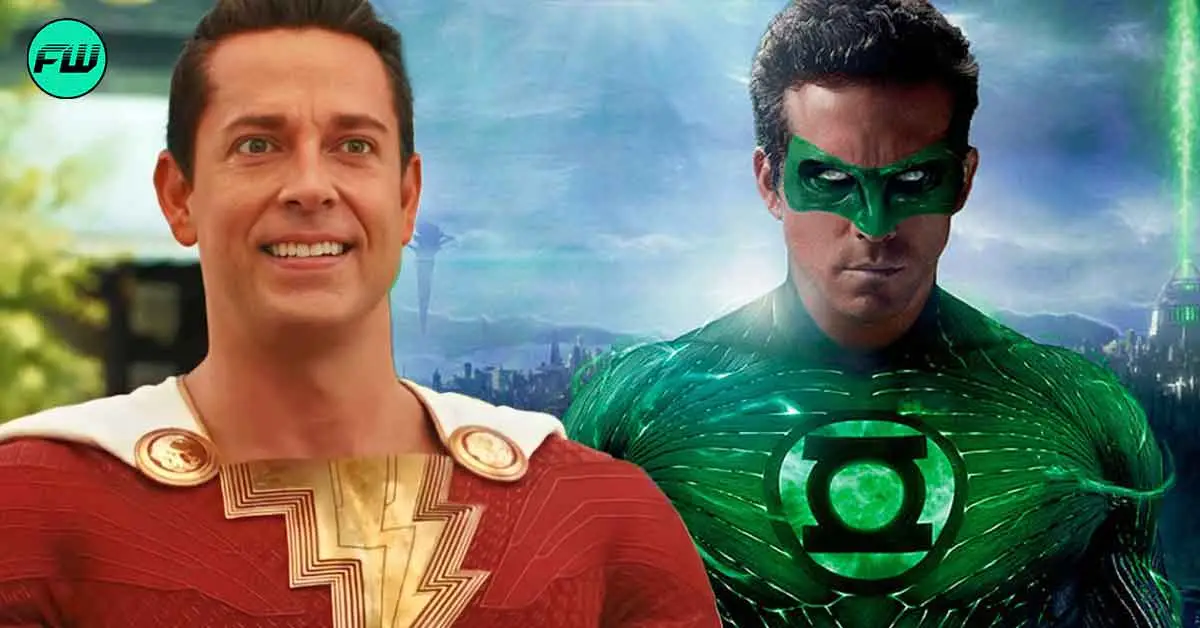The Hulk is known for being the strongest Avenger, especially in the MCU, but within the ultimate DC/Marvel crossover, he became the team’s weakest.
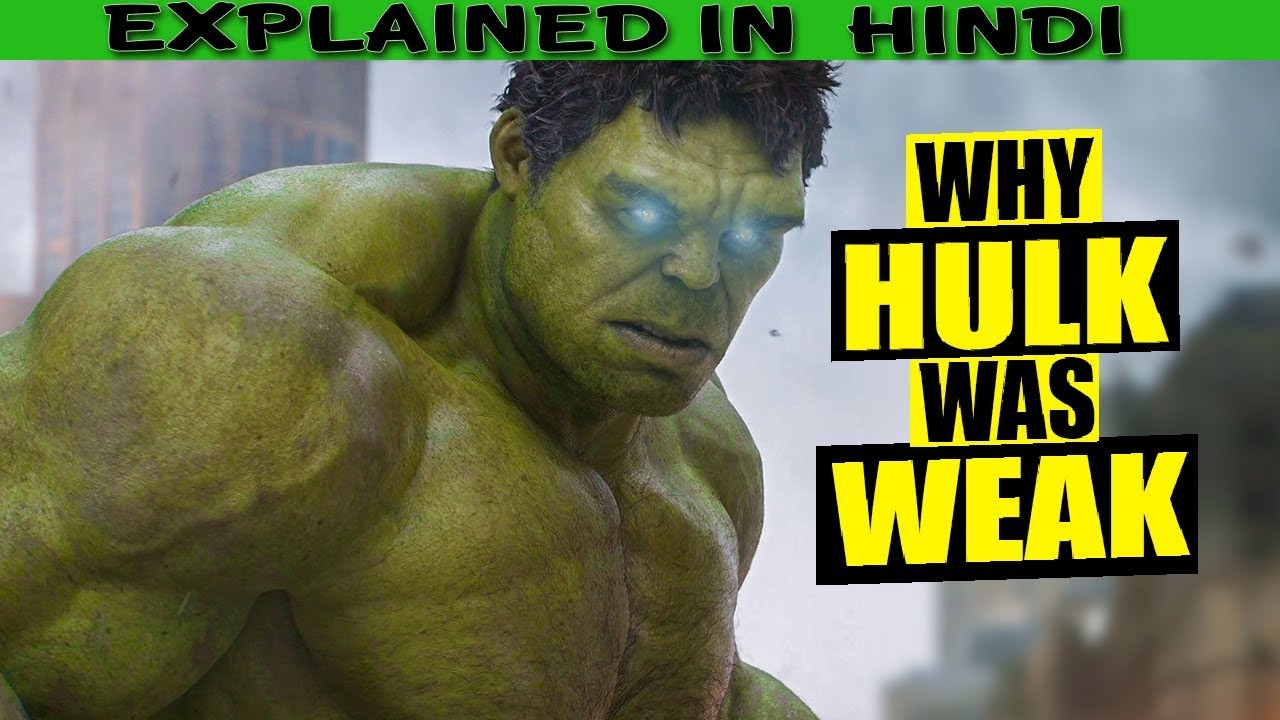
The Hulk has been called the strongest Avenger given his unparalleled, planet-shattering strength, but within the 2099 future of Marvel and DC’s crossover universe, the Hulk would be considered the weakest Avenger (for one specific reason).
The Incredible Hulk was born after Bruce Banner was exposed to an explosion of gamma radiation, effectively mutating his body and giving his internalized alter-egos physical forms that manifest as different versions of the Hulk. From that point forward, anytime Bruce gets angry or stressed, he transforms into a giant, green, rage-filled monster. While the Hulk isn’t completely unreasonable (with some being more reasonable than others, given their differing levels of brain function), Bruce is usually a danger to everyone around him whenever he makes the transformation. If he loses control as the Hulk, there is almost no one alive strong enough to stop him. That is, unless the Hulk lost control in the Amalgam Universe’s 2099 future, in which case, he wouldn’t even pose enough of a threat to need to be stopped in the first place.
The Amalgam Universe 2099 is Powered By Cosmic Ray Energy (Hulk’s Weakness)
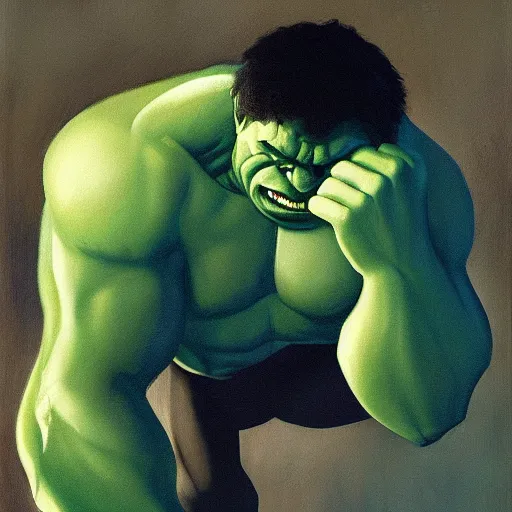
In the Amalgam Universe comic Spider-Boy Team-Up #1 by Roger Stern, Karl Kesel, and Jose Ladronn, the amalgamation of Spider-Man and Superboy (known as Spider-Boy) is whisked away to the future of 2099 by that time period’s greatest heroes. During the course of this adventure, Spider-Boy encounters time-manipulating villains, becomes responsible for the rise of the greatest future hero of all time (Spider-Boy 2099), and witnesses the timeline itself change drastically. At one point, when it becomes imperative for Spider-Boy to go back in time to his original present, he finds that the future he was trapped in had changed so much, that the original time machine didn’t even work. Spider-Boy says that he needs electricity to power the machine, but it’s explained to him that the now-permanent version of the world in 2099 doesn’t use electricity, only cosmic ray energy.
As any Marvel Comics fan will attest to, cosmic rays are the Hulk’s kryptonite, as he is weakened by them to the point of shriveling up into an incredibly frail version of himself before ultimately dying by being reduced to bones. This was shown in graphic detail during the Immortal Hulk series when the Hulk is battling the U-Foes. While he is able to adapt to the cosmic rays in the Immortal Hulk through his supernatural connection with the Below Place, that door has quite literally been shut, and the Hulk has had this weakness to cosmic rays long before any otherworldly elements became associated with his character. This means that, at any point in his Marvel Comics history, the Hulk would be greatly weakened just by stepping foot in the Amalgam Universe 2099, as he’d be completely surrounded by his one weakness.
Luckily for the Hulk, he has to not only be in the Amalgam Universe to be impacted by this particular weakness, but he has to be in the alternate 2099 future within that separate reality. In short, it isn’t likely this world powered by cosmic rays will become a problem for the Hulk anytime soon. However, that doesn’t negate the fact that, in the DC and Marvel crossover universe, the ‘Strongest Avenger’ would actually become the weakest Avenger–and it’s all thanks to Hulk’s weakness to cosmic rays.




